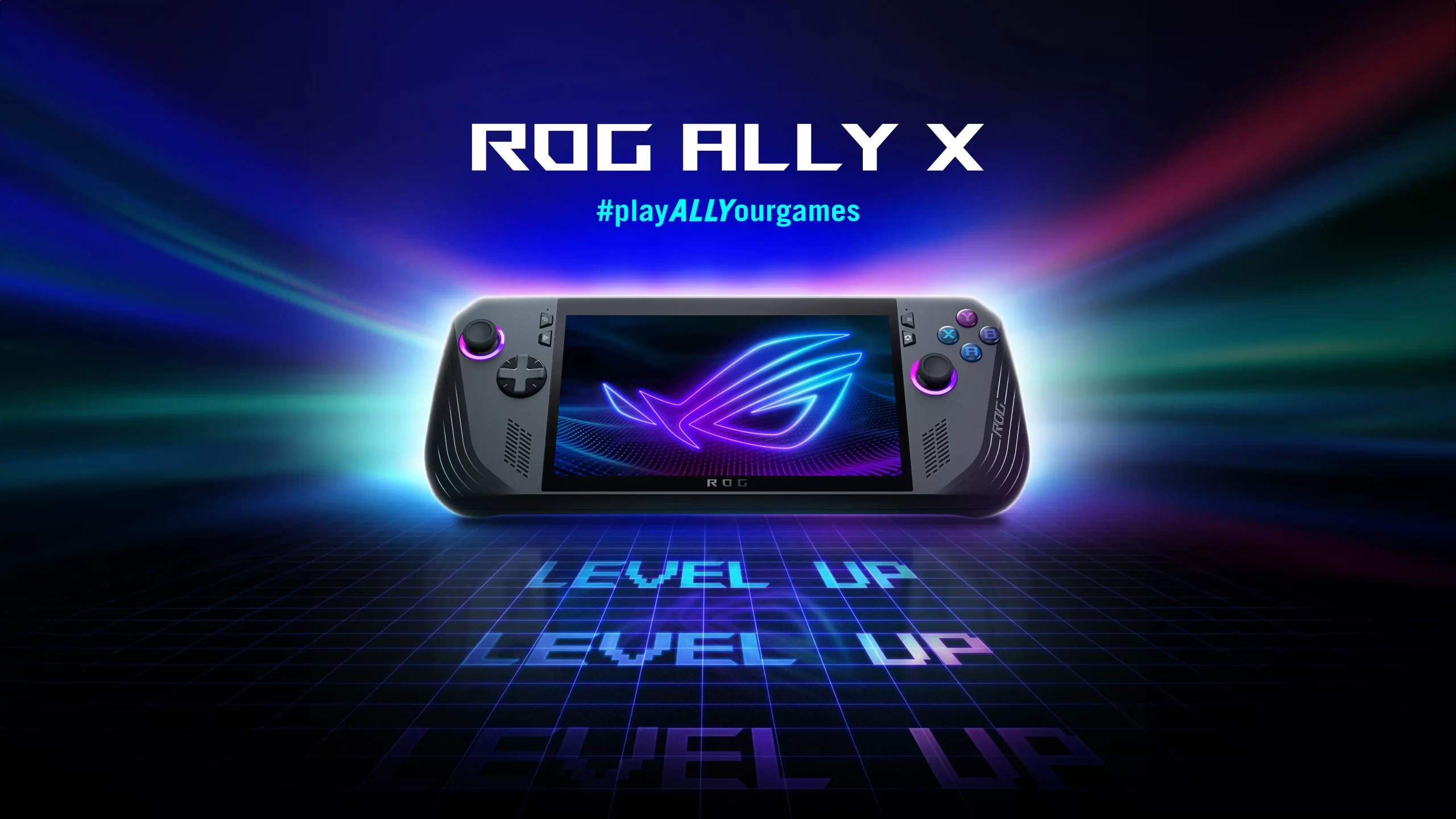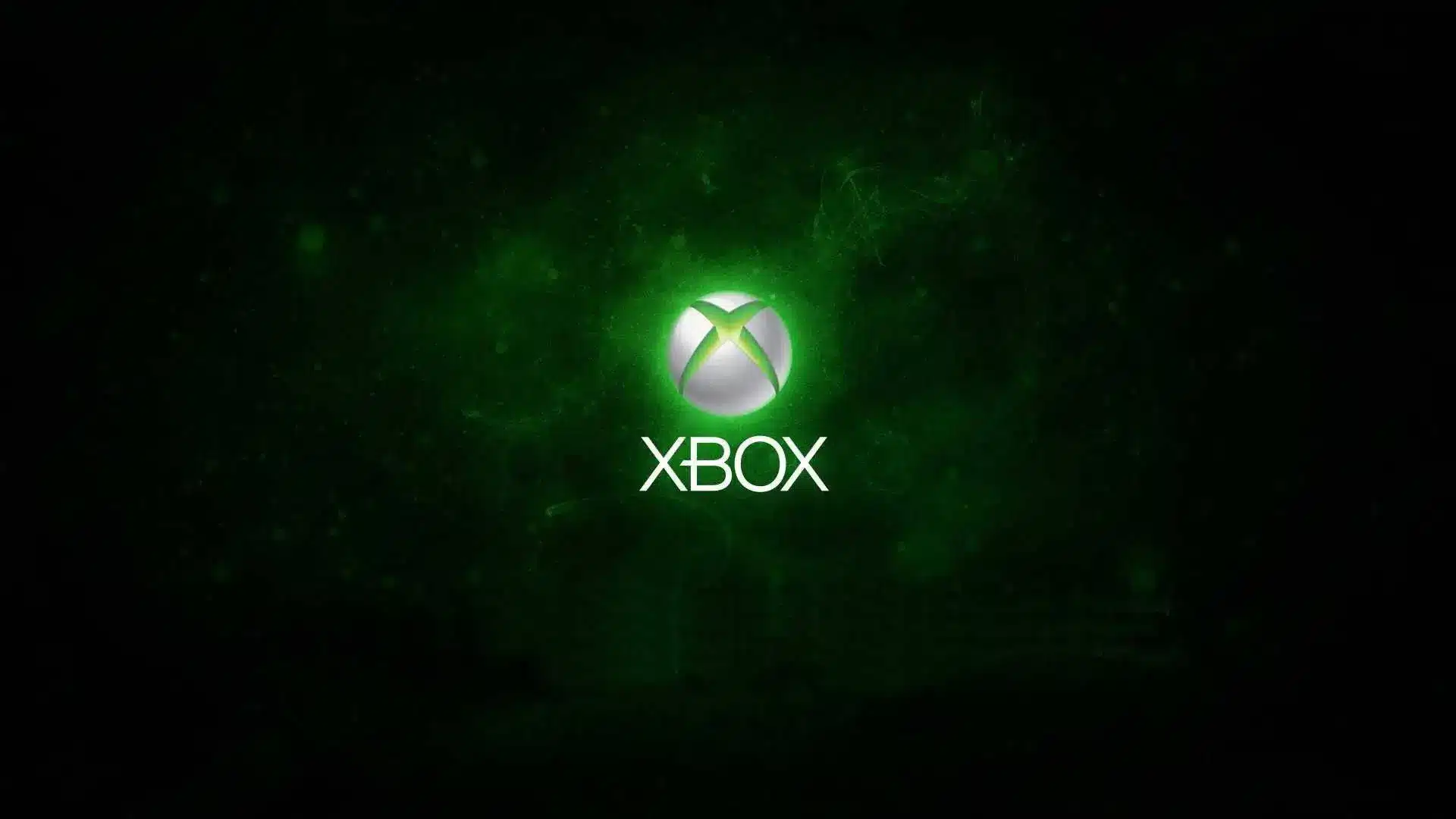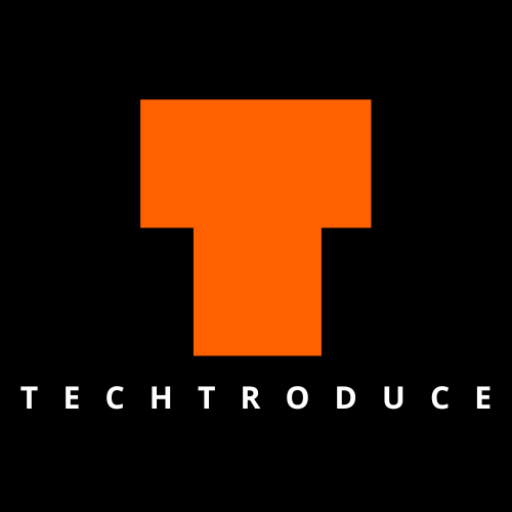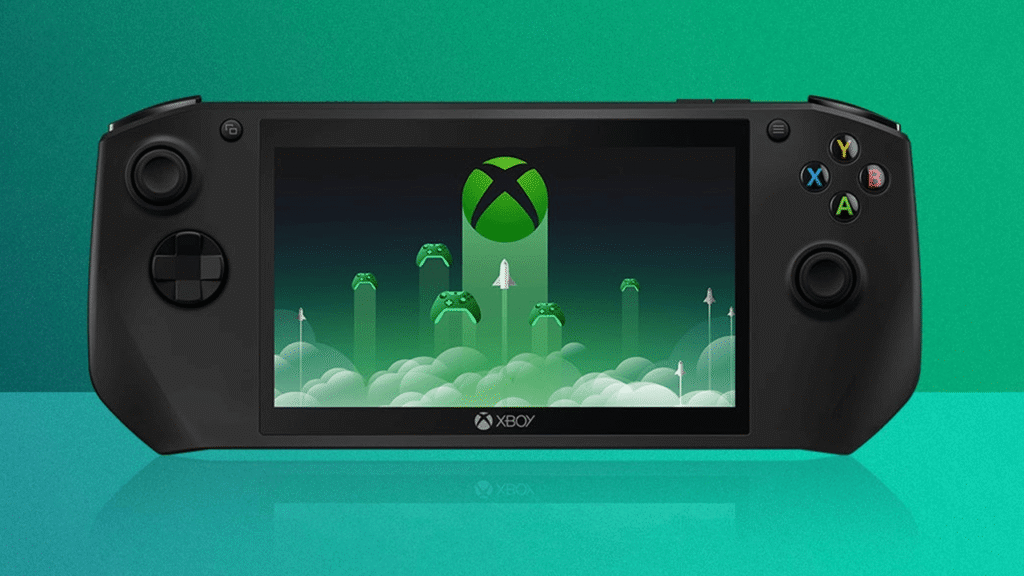A new leak has shed light on why Microsoft’s long-rumored first-party Xbox handheld never made it past the prototype stage. According to a notable leaker, AMD demanded a commitment of at least 10 million units before agreeing to develop a custom SoC (system-on-chip) for the device — a figure Microsoft wasn’t willing to gamble on.
The leak comes from hardware leaker Kepler_L2, who has a strong track record when it comes to GPU and console hardware information. As first spotted on NeoGAF, Kepler claims that the deal fell apart after AMD refused to work on a new chip unless Microsoft guaranteed an initial production run of 10 million systems.
The Deal That Broke the Handheld
For context, even the Steam Deck, arguably the most successful PC-style handheld in recent years, is estimated to have sold between 4 to 5 million units since launch. Expecting Xbox to commit to double that number right out of the gate would have been an enormous risk — especially in today’s slower hardware market.
While Microsoft reportedly wanted to enter the handheld space with a dedicated Xbox device, the company seems to have shifted gears after this breakdown with AMD. Instead of building its own system from scratch, Microsoft chose to collaborate with ASUS on the ROG Xbox Ally X, a co-branded version of the popular Windows-based handheld.

Despite a $999 price tag, the Ally X has been selling well and even sold out at some retailers within hours of pre-orders going live.
Mixed Signals From Microsoft
Although this cancellation adds weight to speculation that Xbox is scaling back its hardware ambitions, Microsoft insists that it’s still “actively investing in future first-party consoles.” The company made that statement following reports that it had paused next-gen Xbox console development — suggesting it may simply be rethinking its hardware strategy, not abandoning it.
Meanwhile, Windows Central’s Jez Corden has publicly cast doubt on Kepler’s claim, saying the 10 million unit requirement “isn’t even slightly true.” That has sparked some debate among fans and insiders about whether the story is exaggerated or reflects internal discussions taken out of context.
Shifting Toward Services and Partnerships
Even if the AMD story isn’t the full picture, the general direction of Xbox seems clear: Microsoft is increasingly prioritizing software, services, and brand licensing over traditional console development. Collaborations like the ROG Ally — which integrates Xbox Game Pass support at the OS level — show that the company is more interested in extending the Xbox ecosystem than producing new hardware in-house.
At the same time, handheld PCs are becoming a growing niche within the gaming industry. Devices like the Steam Deck, Lenovo Legion Go, and ASUS ROG Ally have proven there’s appetite for portable gaming PCs — but they remain far from mass-market products. Committing to 10 million units, as AMD allegedly requested, would have been an enormous financial risk even for Microsoft.

Whether or not AMD’s 10 million demand was the true dealbreaker, it’s clear that Microsoft is treading carefully with hardware investments. With the next-gen Xbox console reportedly delayed and Game Pass continuing to dominate its gaming strategy, the company’s focus appears to be on expanding its platform reach rather than competing head-on in hardware sales.
The canceled Xbox handheld may have been a casualty of that shift — but if the success of the ROG Ally X is anything to go by, Microsoft hasn’t completely walked away from portable gaming. It just might prefer letting others build the devices while it powers the ecosystem behind them.
More News:
Microsoft Reportedly Lost $300 Million in Call of Duty Sales After Game Pass Launch
Bandai Namco Cautions Fans As Digimon Story: Time Stranger Pre-Orders Soar
Activision Unveils New Anti-Cheat For Call Of Duty: Black Ops 7 Beta


